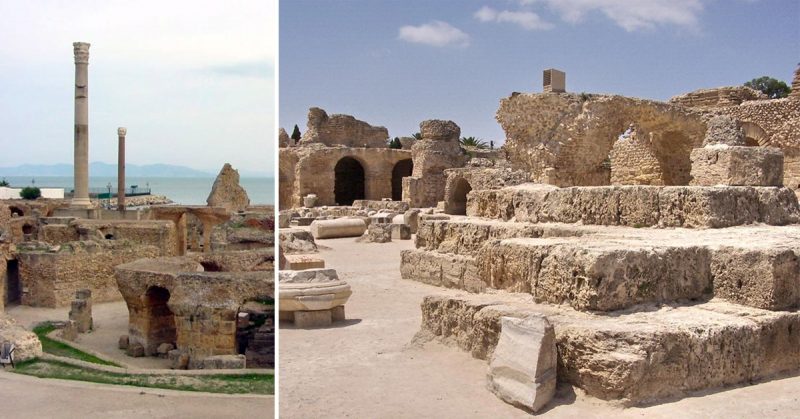According to legend, the city was started by Queen Dido in 813 BC. Her romance with Aeneas has been one of the most popular sources of material for plays and operas throughout the ages.
Its location along the major trading routes from the Levant to Spain made it the dominant power in the Mediterranean. Carthage went on to colonize the south of Spain, Sardinia, and western Italy. They remained the leading power in the Mediterranean for three hundred years.
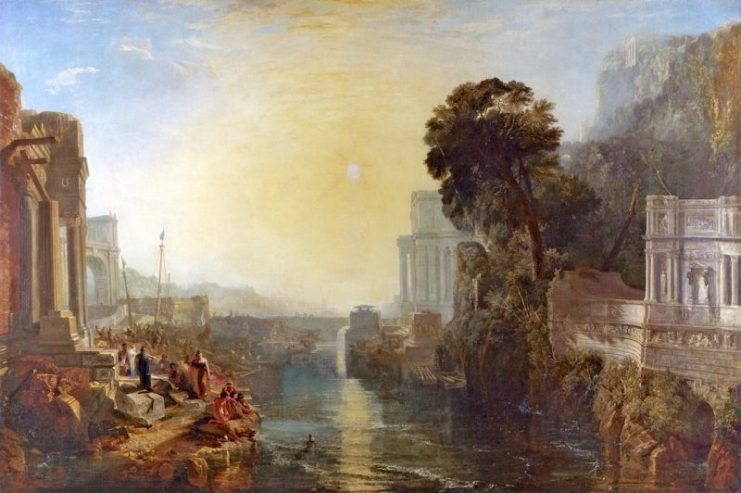
That city, Carthage, would go on to rival Rome as a regional power. It would also give the world the inventions of glass and a method to navigate ships by using the stars.
Originally known as Kart-hadasht (literally, new city), the Greeks began to call it Karchedon which became Carthago under Rome’s influence.
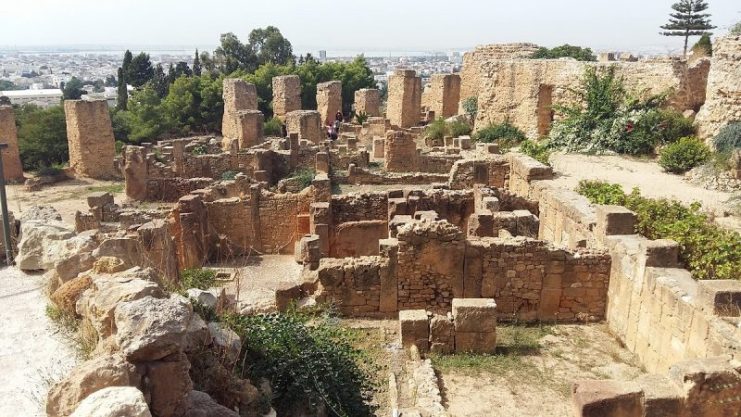
Carthage civilization itself lasted for seven hundred years before coming to an abrupt end in 146 BC. During that time they built a marvel of a city. The harbor itself is considered a masterpiece of engineering.
Unlike the Roman conquest of the Greeks, about which Horace commented, “Greece captured its conqueror,” Carthaginian influence did not survive the fall of Carthage. Instead, Carthage became the example of all the evil and base instincts that the Roman civilization was supposedly superior to. The Romans made the Carthaginians the evildoers in their Roman history of good triumphing over evil.
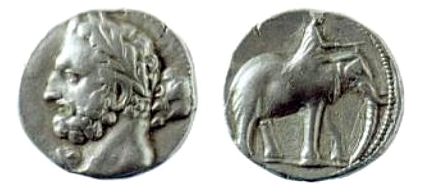
It was only a matter of time before the two powers came into conflict to settle once and for all which was the dominant civilization of the time. That conflict is now known as the Three Punic Wars, a series of three wars between the two Mediterranean superpowers.
Perhaps the most famous Carthaginian army was led by Hannibal, whose tactics on the way to victory in the Battle of Cannae are still considered among the most famous in history. But Hannibal made two major mistakes in dealing with the Romans.
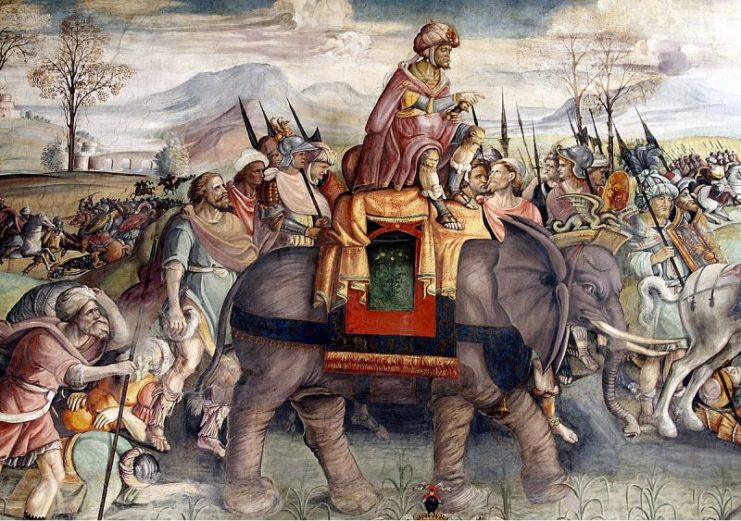
Hannibal began by using brilliant military tactics along with diplomatic maneuvering to divide the Romans from their Italian allies. But, in much the same way that Napoleon assumed the Russians would seek peace, Hannibal failed to make plans for what to do if the Romans failed to sue for peace. Needing reinforcements and finding none, Hannibal sought to escape.
Here came his second mistake. Desiring to escape by sea, he found the Greek states standing in his way. One of the states would, however, allow him through if the other states would submit to their sovereign power. The other states were unwilling to relinquish their sovereignty and so remained loyal to Rome. So, Hannibal found himself trapped without the necessary reinforcements to save him.
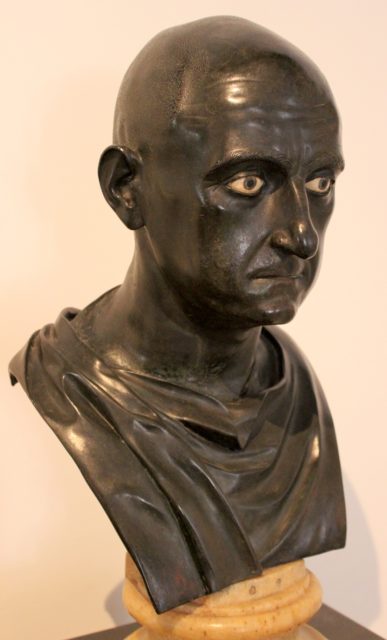
Meanwhile, the Roman general Scipio had been learning from Hannibal. He decided to take the fight to Carthage in much the same way Hannibal had taken it to Rome. He set a siege upon Carthage and kept it up for three years until Carthage finally fell.
Once the Romans had conquered the city, they destroyed it. They did not leave a single stone standing atop another.
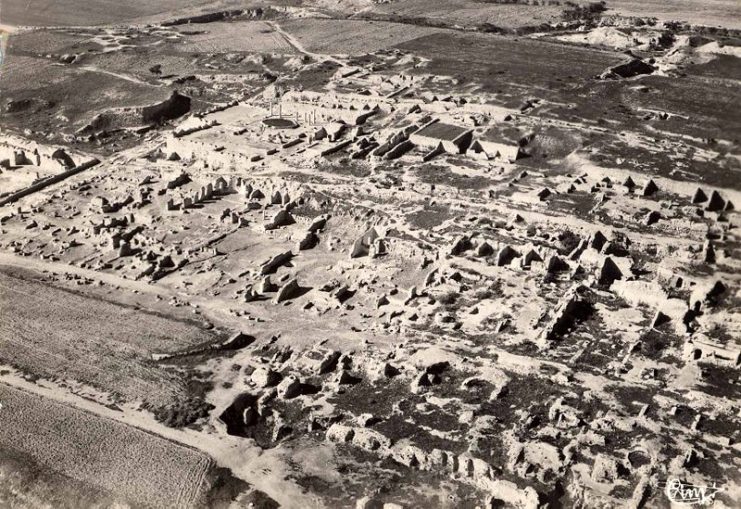
The victory was not without consequences, however. The abundance of plunder, slaves, and territory Rome gained from conquering Carthage became a cause for infighting among the Roman senators. That instability in the government would last for decades and bring about the end of the Roman Republic.
As Richard Miles notes in his book “Carthage Must Be Destroyed,” defeating Carthage signaled the arrival of Rome as the world’s dominant superpower. But that same victory set in motion the chain of events that led to Rome’s eventual fall.
